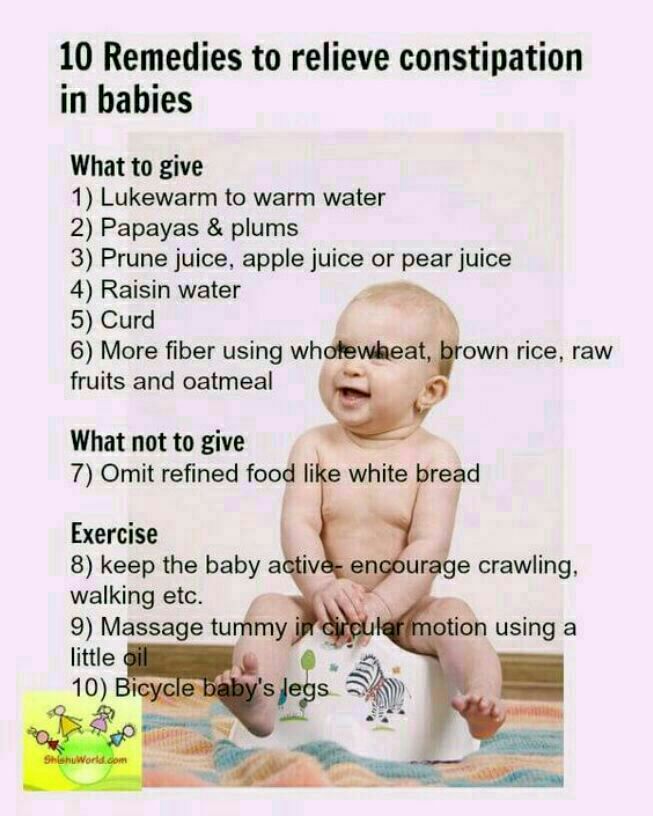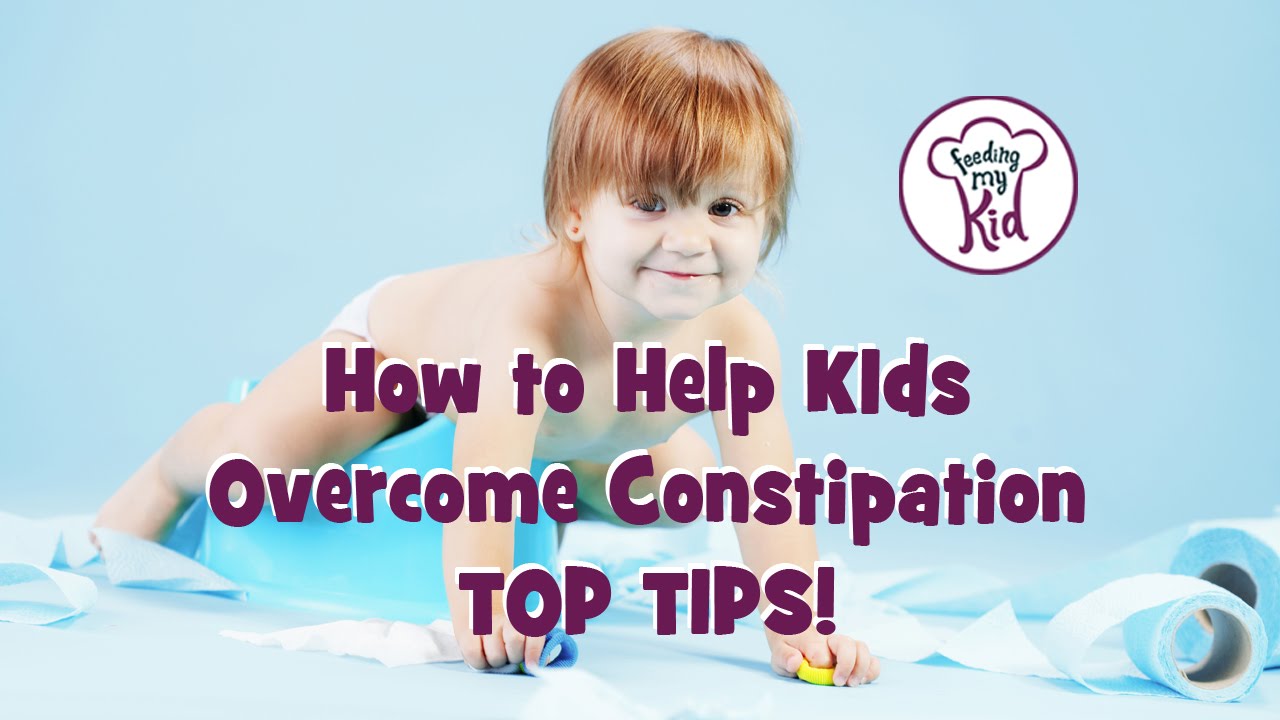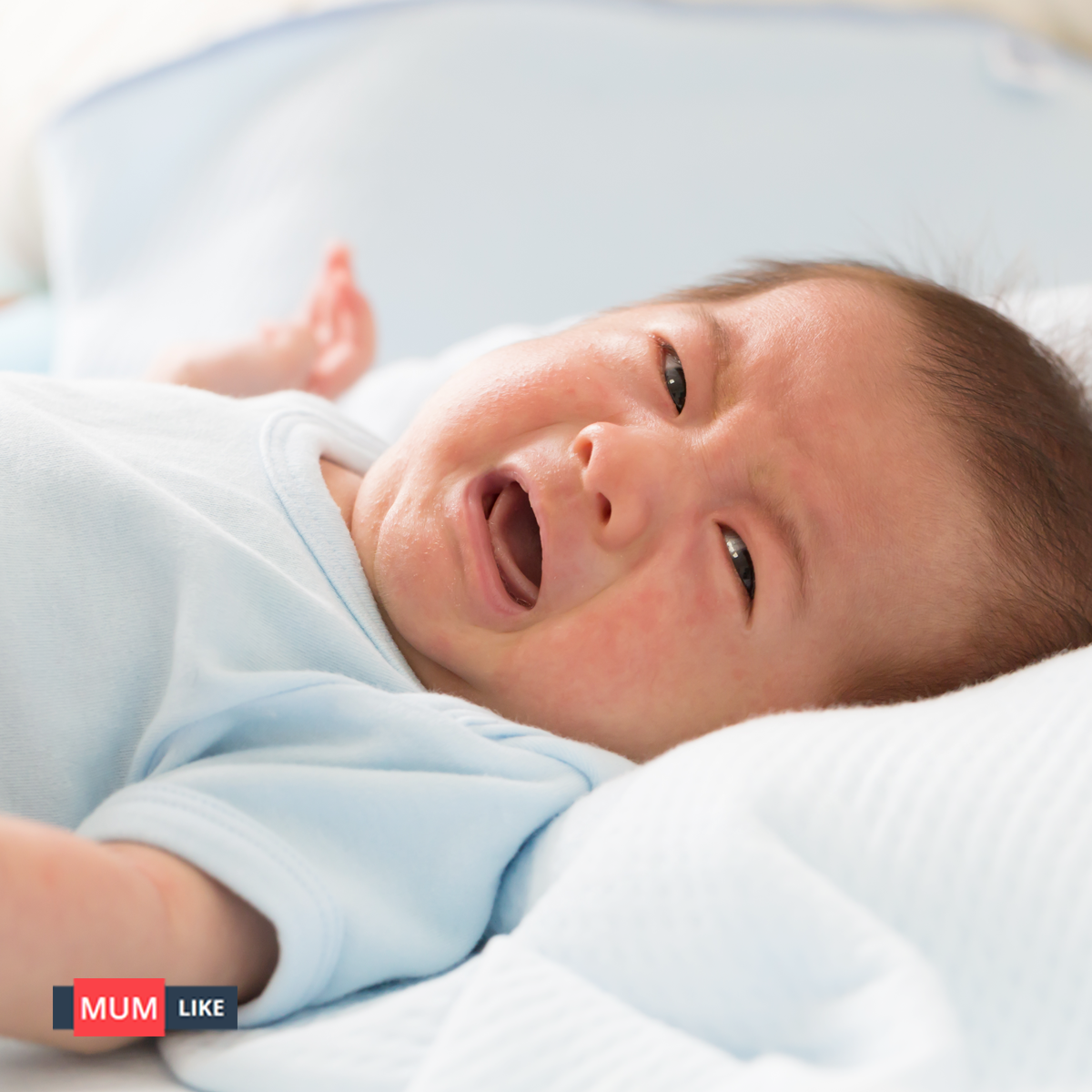Stool Holding Or Withholding Behaviour
This means the child has the feeling of needing the toilet but resists it. The child holds on to the stool, trying to ignore the desire to empty the bowels. This is quite common. You may see your child crossing their legs, sitting on the back of the heels, or doing similar things to help resist the feeling of needing the toilet. Your child may clench his or her buttocks to try to stop the stool from coming out and may seem quite fidgety. Sometimes it seems as though your child is straining to poo, whereas in fact they are straining to hold it in. You may notice smudges of stool on your child’s pants, often when they are unable to hold on any longer. The longer the child holds on, the bigger the stool gets. Eventually the child has to go but the large stool is more difficult to pass and often more painful. This may lead to a bit of a vicious cycle where the child is even more reluctant to open his or her bowels the next time. There are a number of reasons why children may hold on to stools:
- A previous stool that they passed may have been a struggle or painful. So, they try to put off doing it again.
- Their back passage may be sore or have a crack from passing a previous large stool. It is then painful to pass further stools. So, the child may resist the urge to pass a stool.
- They may have a dislike of unfamiliar or smelly toilets, such as at school or on holiday. The child may want to put things off until they get home.
Constipation In Breastfeeding Babies
If your baby is exclusively breastfeeding then its normal that he may not have a bowel movement every day. On the other hand, formula-fed babies have 3 to 4 times bowel movements in a day.
As per pediatric, Its very normal if your breastfed baby goes up to 7 days without any bowel movement.
So, dont consider your child constipated if he is exclusively on breastmilk. Constipation in babies and toddlers start when they are introduced to solid foods only.
Here are some reasons of why your baby is constipated when breastfeeding
So, you must keep your body hydrated, have sufficient water intake if you are a breastfeeding mom. You must breastfeed your baby more often to keep baby hydrated.
Four Ps play an important role in treating constipation in babies.
What Is Normal Poo
There is a wide range of normal pooing for breastfed babies. They may poo as often as after every feed or as infrequently as once in 10 days. Breastfed babies’ poo is mustard yellow, soft and can look like it has seeds in it.
Most bottlefed babies and older children will have a poo every day or every second day. Some have more than one poo a day. The poo should be like a soft sausage – like types 3 and 4 in the diagram below.
Read Also: Why Does Lettuce Give Me Diarrhea
What Are The Symptoms Of Constipation
Symptoms can occur a bit differently in each child. They may include:
- Not having a bowel movement for a few days
- Passing hard, dry stools
- Having belly bloating, cramps, or pain
- Not feeling hungry
- Showing signs of trying to hold stool in, such as clenching teeth, crossing legs, squeezing buttocks together, turning red in the face
- Small liquid or soft stool marks on a child’s underwear
The symptoms of constipation can be like other health conditions. Make sure your child sees his or her healthcare provider for a diagnosis.
Treating And Preventing Constipation

Its important to act if your child is constipated since it can make them very uncomfortable. Constipation can also cause problems such as faecal incontinence.
You can help your child by teaching healthy bowel habits, such as not holding on, and getting them to sit on the toilet after every meal. Reward them when they go and talk to them if they are worried about going to the toilet.
Make sure your child eats high fibre foods. You could give them a natural laxative such as prune juice. To make the it taste better, try mixing it with another juice, or freeze it to make icy poles.
Read more on laxatives here.
You May Like: What Does It Mean When You Keep Having Heartburn
Is This Your Child’s Symptom
- Can’t pass a stool or pain when passing a stool
- Crying when passing a stool or
- Can’t pass a stool after straining or pushing longer than 10 minutes or
- 3 or more days without passing a stool
- Caution: any belly pain from constipation comes and goes. Most often, it is mild. Use the Abdominal Pain care guide if there is constant belly pain.
Things To Do In Constipation
- Guava is a very effective remedy for constipation. You should eat it with its seeds.
- Few moms use the Vaseline trick to lubricate babys anal.
- Few people suggest to use the castor oil but I dont recommend. Its not a right choice for your little ones still developing tummy.
- Keep your baby active so that his bowel movements can be more regular.
- Give all the fruit juices in a diluted form otherwise, it can cause diarrhea.
- Try to keep your baby as relax as you can.
- If you are a breastfeeding mom then limit dairy intake in your diet.
- Make a routine of going to the toilet as first thing in the morning. Encourage your child to poop in the morning.
- Ground flaxseed can be used as supplemental fiber.
Read Also: Do Bananas Help With Bloating
Recipe Of Making Isabgol Solution
Preferred Age
This remedy is helpful for 2 years older kids.
Never take psyllium husk for a longer period of time. Its a supplement with precautionary use. You can consult the doctor for dosage prescription.
How To Prevent Constipation
- Make sure your child has plenty to drink offer breastfed babies who are not eating solids yet plenty of breastfeeds. Formula-fed babies can have extra drinks of water between their formula feeds. See more advice on drinks for babies and toddlers.
- Give your child a variety of foods, including plenty of fruit and vegetables, which are a good source of fibre. See what to feed young children.
- Encourage your child to be physically active. For more information, read the physical activity guidelines for children aged under 5 years.
- Get your child into a routine of regularly sitting on the potty or toilet, after meals or before bed, and praise them whether or not they poo. This is particularly important for potty-trained boys, who may forget about pooing once they are weeing standing up.
- Make sure your child can rest their feet flat on the floor or a step when they’re using the potty or toilet, to get them in a good position for pooing. ERIC, The Children’s Bowel & Bladder Charity’s leaflet, Children’s Bowel Problems shows this position.
- Ask if they feel worried about using the potty or toilet some children do not want to poo in certain situations, such as at nursery or school.
- Stay calm and reassuring, so that your child does not see going to the toilet as a stressful situation you want your child to see pooing as a normal part of life, not something to be ashamed of.
You May Like: Does Xanax Help Ibs
When To Start Potty Training
Remember, you cannot force your child to use a potty. If they’re not ready, you will not be able to make them use it. In time, they will want to use one most children will not want to go to school in nappies any more than you would want them to.
In the meantime, the best thing you can do is to encourage the behaviour you want.
Most parents start thinking about potty training when their child is between 2 and 2 and a half, but there’s no perfect time. Some people find it easier to start in the summer, when there are fewer clothes to take off and washed clothes dry more quickly.
Try potty training when there are no great disruptions or changes to your child’s or your family’s routine. It’s important to stay consistent, so you do not confuse your child.
If you go out, take the potty with you, so your child understands that you’d like them to wee or poo in the potty every time they need to go. Check that any other people who look after your child can help with potty training in the same way as you.
You can try to work out when your child is ready. There are a number of signs that your child is starting to develop bladder control:
- they know when they’ve got a wet or dirty nappy
- they get to know when they’re peeing and may tell you they’re doing it
- the gap between wetting is at least an hour
- they show they need to pee by fidgeting or going somewhere quiet or hidden
- they know when they need to pee and may say so in advance
What Is Chronic Constipation
Constipation in children is actually super common. According to the Murdoch Childrens Research Institute, about a third of children will experience constipation. However, chronic constipation is when the constipation is not a singular event, or a once every few months or so event. It means your child has problems pooping regularly , for a lengthy period of time.
Babies who are breastfed should poo anywhere from daily to every three days, while formula fed babies should be pooping at least once every three to four days.
Older children should be having bowel movements daily and the consistency should not be hard or painful to pass.
Don’t Miss: Align Probiotic Supplement
Symptoms That Your Baby Is Constipated
You may also like to read Best Formula Milk for Babies
How Is Constipation Diagnosed

The healthcare provider will ask about your childs symptoms and health history. He or she will give your child a physical exam. Depending on how old your child is, you might be asked questions such as:
- How old was your baby when he or she had their first stool?
- How often does your child have a bowel movement?
- Does your child complain of pain when having a bowel movement?
- Have you been trying to toilet train your toddler lately?
- What foods does your child eat?
- Have there been any stressful events in your child’s life lately?
- How often does your child poop in his or her pants?
Your childs provider may also want to do some tests to see if there are any problems. These tests may include:
You May Like: Align Probiotic
Eating Foods That Cause Constipation
In infants, constipation is rarely a problem, but it can crop up when you start giving your baby solid food.
Baby constipation is merely due to the intestinal tract adapting to the digestion and processing of a more complex food-based diet.
Adding a bit of juice or more water to the diet can help make this transition easier, soften the stools and make them easier to pass. I had to do this with one of my kiddos when we transitioned off breastmilk and on to a full food diet.
In older kids, diet is often the culprit of constipation. A lack of fiber and fluids in the diet are two of the most common diet mistakes leading to constipation.
Toddler constipation can occur when kids are picky and have a limited diet. Often, toddlers stop eating vegetables. These contain quite a bit of fiber and eliminating them from the diet can lead to constipation. Also, if you havent introduced whole grains yet, your toddlers diet may be low in fiber.
Foods that cause constipation such as those with little fiber including dairy products, or too many processed foods, may not support normal bowel movements.
Additionally, when kids dont drink enough water in the diet , this can lead to a back up.
Does My Child Need Any Tests
Tests are not normally needed to diagnose idiopathic constipation. Your GP is likely to ask various questions and do a general examination to rule out secondary causes of constipation. By examining your child’s tummy , a GP can tell if there are lots of stools in the bowel. This can give an indication if blockage has developed. If an underlying cause of constipation is suspected, your GP will refer your child to a children’s doctor and further tests may be done.
You May Like: Can Align Probiotic Cause Nausea
Potty Training Pants And Pull
Disposable or washable potty training pants can be handy when you start potty training and can give children confidence when it’s time to swap nappies for “grown-up” pants. They do not soak up wee as well as disposable nappies, so your child will find it easier to tell when they are wet.
Training pants should be a step towards normal pants, rather than a replacement for nappies. Encourage your child to keep their training pants dry by using the potty.
If your child is not ready to stop wearing nappies and it’s hard for them to know when they’ve done a wee, you can put a piece of folded kitchen paper inside their nappy. It will stay wet and should help your child learn that weeing makes you feel wet.
Treating Constipation In Babies
- If your baby is bottle-fed, check the formula tin to make sure the formula is being made correctly. Always measure the water first and then add formula powder.
- Offer extra drinks of water.
- Gentle tummy massage can help.
- A warm bath may help the babys muscles to relax .
- Give only medication prescribed by your doctor.
You May Like: Soy Milk Upset Stomach
Possible Health Benefits Of Fiber
Fiber-rich foods can prevent constipation and promote smooth bowel movement. Besides this, fiber-rich foods can help :
Constipation is a bothersome gastrointestinal condition that can affect children across ages. Prompt dietary and lifestyle changes can treat and prevent the condition effectively. Encourage your child to consume a variety of high-fiber foods, drink plenty of water, and stay active to maintain a healthy gut and body.
References:
Types Of Constipation In Children And Babies
- Idiopathic constipation. This is common. The word idiopathic means of unknown cause. Various factors may be involved but many children become constipated for no known reason:
- Short bouts of constipation. It is common for children and babies to have a bout of mild constipation for a day or so. This may settle quickly, often without the need for medical treatment.
- Long-term constipation. In about 1 in 3 children who become constipated, the problem becomes more long-term . This is also called chronic idiopathic constipation.
- Constipation due to an underlying disease or condition. This is uncommon. The constipation is said to be secondary to this other problem. Some examples of conditions and problems that can cause constipation are:
- Some neurological conditions.
- Rare diseases with abnormal development of the bowel, such as Hirschsprung’s disease.
- As a side-effect of certain medications that a child has to take for another condition.
Treatment may involve treating the underlying condition in addition to tackling the constipation. Worrying symptoms or signs that may indicate a secondary cause include the following. These should be mentioned to your GP. It is also possible that some of these symptoms could mean your child is more seriously unwell:
Don’t Miss: Can Align Probiotic Cause Nausea
Potty Training With A Disabled Child
Some children with a long-term illness or disability find it more difficult to learn to use a potty or toilet. This can be challenging for them and for you, but it’s important not to avoid potty training for too long.
The charity Contact has a parents’ guide on potty training with a disabled child . Visit the Contact website for further support and ways of getting in touch with other parents with a disabled child.
Beans Pulses Fish Eggs Meat And Other Proteins

Young children need protein and iron to grow and develop. Try to give your toddler 1 or 2 portions from this group each day.
Beans, pulses, fish, eggs, foods made from pulses and meat are excellent sources of protein and iron.
Nuts also contain protein, but whole nuts, including peanuts, shouldn’t be given to children under 5 in case they choke.
It’s recommended that boys have no more than 4 portions of oily fish a week, and girls no more than 2 portions a week.
This is because oily fish can contain low levels of pollutants that can build up in the body.
Read Also: Salad Makes Me Poop